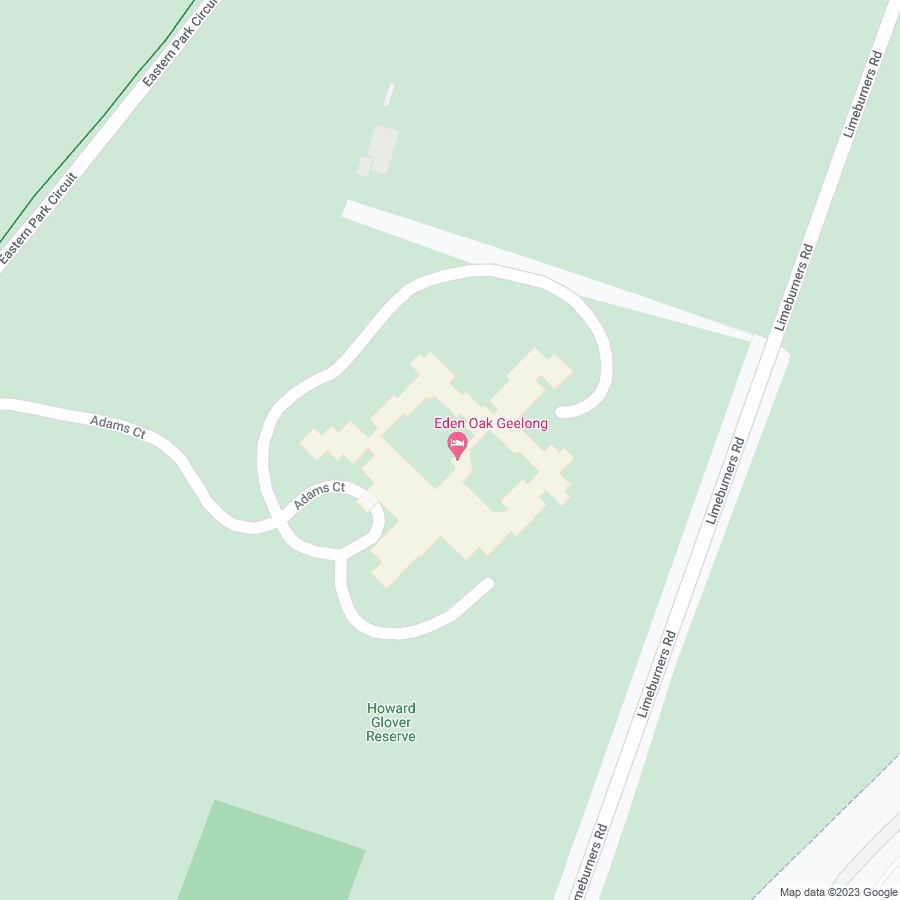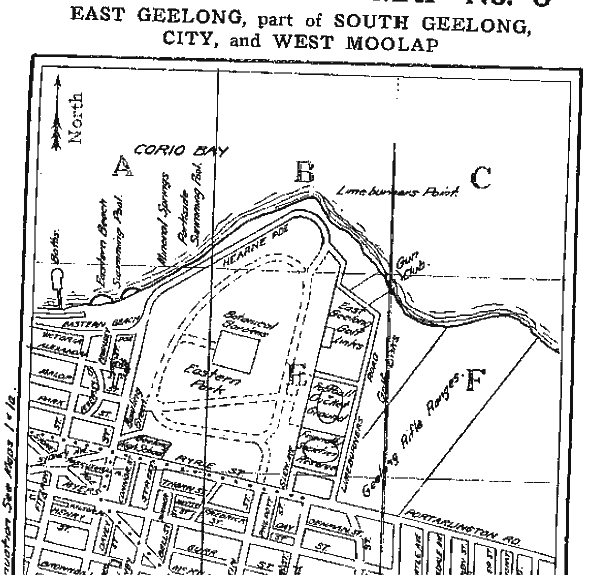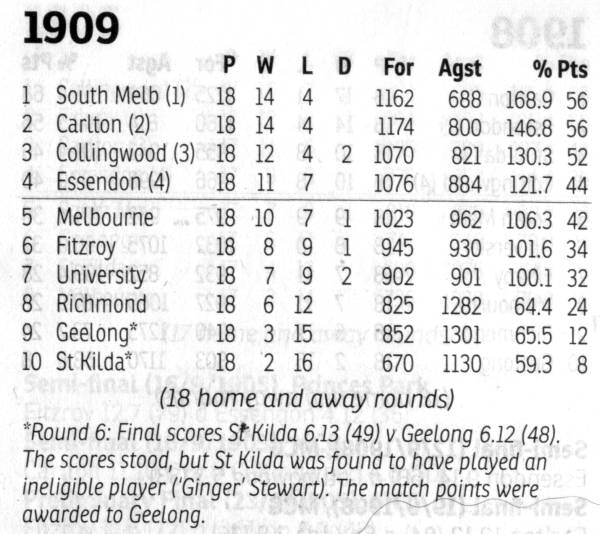Corio Oval is where Geelong played until 1941.
I believe the oval was somewhere in this area.

I recall seeing photos on the net where the photographer has spotted raised mounds in the area which may have been part of the outer. (anyone able to link to them ?)
Geelong played there from their VFA days until 1941 when the military took over the ground for training purposes.
A few years after Geelong relocated and the war ended, the oval got converted to a trotting and greyhound track.
The trots moved away from there in 1978 because they believed the track was too small, the greyhounds moved a couple of years later due to an animal science laboratory being built nearby.
The oval and grandstands were then demolished and a conference centre was built on that location.
I believe there is a memorial somewhere in the conference centre recognising the historical significants of the area.
I leave this information open to correction or verification.
I believe the oval was somewhere in this area.
I recall seeing photos on the net where the photographer has spotted raised mounds in the area which may have been part of the outer. (anyone able to link to them ?)
Geelong played there from their VFA days until 1941 when the military took over the ground for training purposes.
A few years after Geelong relocated and the war ended, the oval got converted to a trotting and greyhound track.
The trots moved away from there in 1978 because they believed the track was too small, the greyhounds moved a couple of years later due to an animal science laboratory being built nearby.
The oval and grandstands were then demolished and a conference centre was built on that location.
I believe there is a memorial somewhere in the conference centre recognising the historical significants of the area.
I leave this information open to correction or verification.
Last edited:







